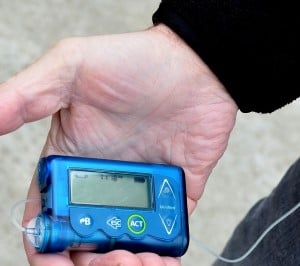Search
Showing results for "1"
Research
The relationship between central and peripheral oxytocin concentrations: A systematic review and meta-analysis protocolSystematic review and meta-analysis will synthesize evidence to determine if there is an association between central and peripheral oxytocin concentrations
Research
Vitamin D deficiency at melanoma diagnosis is associated with higher Breslow thicknessBackground: Epidemiological evidence shows that people with thicker, or higher stage, melanomas have lower vitamin D status compared to those with thinner...
Research
Prevention - what is the most promising approach?This paper is an editorial comment by Professor Patrick Holt on the potential for developing early intervention strategies in children with allergies and asthma
Research
Neighbourhood Effects Influencing Early Childhood Development: Conceptual Model and Trial Measurement Methodologies from the Kids in Communities StudySocio-environmental factors, including the neighbourhoods in which children live and grow, are key determinants of children's developmental outcomes.

News & Events
CGM start-up sessionsDiabetes WA is providing free ‘start-up’ information and training sessions for families new to CGM, in partnership with PMH.


Research
Process evaluation of a randomised controlled trial intervention designed to improve rehabilitation services for Aboriginal Australians after brain injury: the Healing Right Way TrialHealing Right Way (HRW) aimed to improve health outcomes for Aboriginal Australians with stroke or traumatic brain injury by facilitating system-level access to culturally secure rehabilitation services. Using a stepped-wedge randomised controlled trial design, a two-pronged intervention was introduced in four rural and four urban hospitals, comprising cultural security training for staff and training/employment of Aboriginal Brain Injury Coordinators to support Aboriginal patients for 6-months post-injury.
Research
Absence of germline mutations in BAP1 in sporadic cases of malignant mesotheliomaMalignant mesothelioma (MM) is a uniformly fatal tumour caused predominantly by exposure to asbestos.
Research
Rheumatic heart disease: Tools for implementing programmesThis article discusses the World Health Organization program for monitoring & managing rheumatic heart disease.
